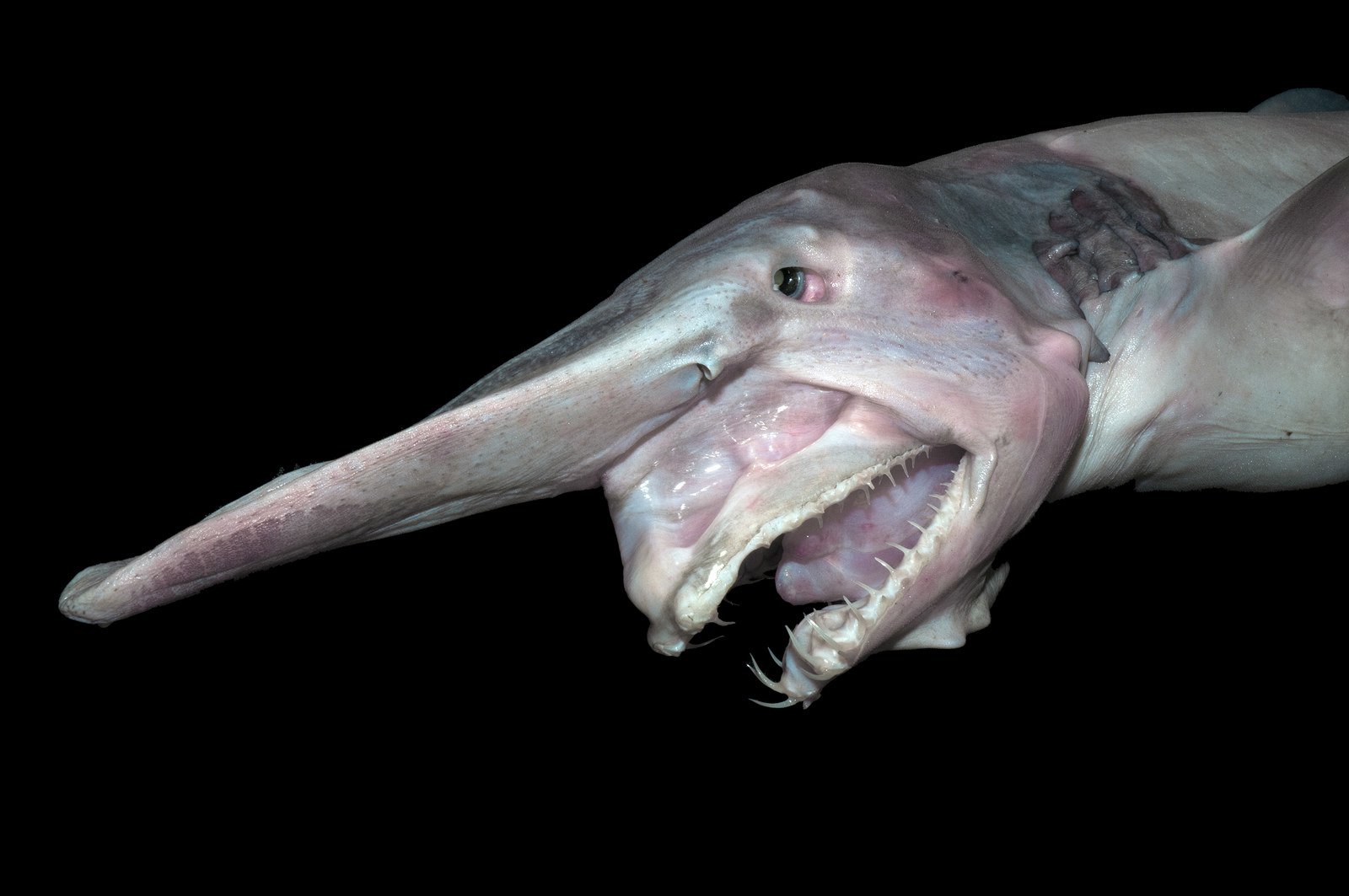
The Bony-eared Assfish has a tapered flabby body, small eyes, and the unique claim-to-fame of having the smallest brain-to-body ratio of any vertebrate. While there may not be giant toothed monsters down this far there are fish that have some special adaptations to life in the deep. So, there are some benefits to life in almost total isolation-does make it difficult to find something to eat though. The Okeanos Explorer expedition found the northernmost methane seeps detected to date offshore the U.S. Discover the very best videos about deep sea creatures YouTube has to offer - brought to you by National Geographic Kids Subscribe for more National Geographic Kids videos. Possibly because it is so dark and there aren’t many large predators, cirrate octopods are able to survive in the depths without the usual inky defense mechanism found in other cephalopods (squid, cuttlefish, and the like). This rosy-colored rockling fish, a Gaidropsaus, lives near a methane seep. They even flap these ‘ears’ while they swim.

The resemblance to a certain flying elephant has led to some members of this group being known as dumbo octopuses.

However, unlike their shallow-water relatives, the cirrate octopods have fins off their bodies. You may think of octopuses as tropical animals, but they are down here too. One of the biggest specimens found on a recent voyage near Christmas Island was a one-metre-long Brunswig’s Cusk that came up from about 1,500 metres.Įar-like fins are only found on cirrate octopods that have specifically adapted to the deep sea. Most animals this far down are relatively small because food is scarce. Whales and some seals may occasionally venture this deep, but this isn’t exactly a friendly place for air-breathing mammals. Enjoy 10 minutes of mesmerizing deep-sea animals filmed by MBARIs remotely operated vehicles (ROVs) in the depths of Monterey Bay and beyond. It’s cold too-about four degrees Celsius, or the same temperature as your fridge-and only gets colder the deeper you go. The midnight zone: 1,000 to 4,000 metres below sea levelĭown here (also known as the Bathypelagic zone) there is no light from the surface, so any animals must be well adapted to life in the dark. Unfair, sure, but that’s life in the deep-you take whatever advantage you can get. Many deep-sea creatures are red for this reason as it makes them effectively invisible.Įxcept to dragonfish, which use bioluminescence to expose their prey. Red light has the longest wavelength, so it’s the first to be filtered out by the water at about 100 metres below the surface.

This dragonfish, of the genus Photostomias, can even extend its jaw.Īnother trick some dragonfish have up their sleeves is they can see, and emit, red light-a rarity in the deep. A toothy grin many sea creatures are not keen to see up close.


 0 kommentar(er)
0 kommentar(er)
